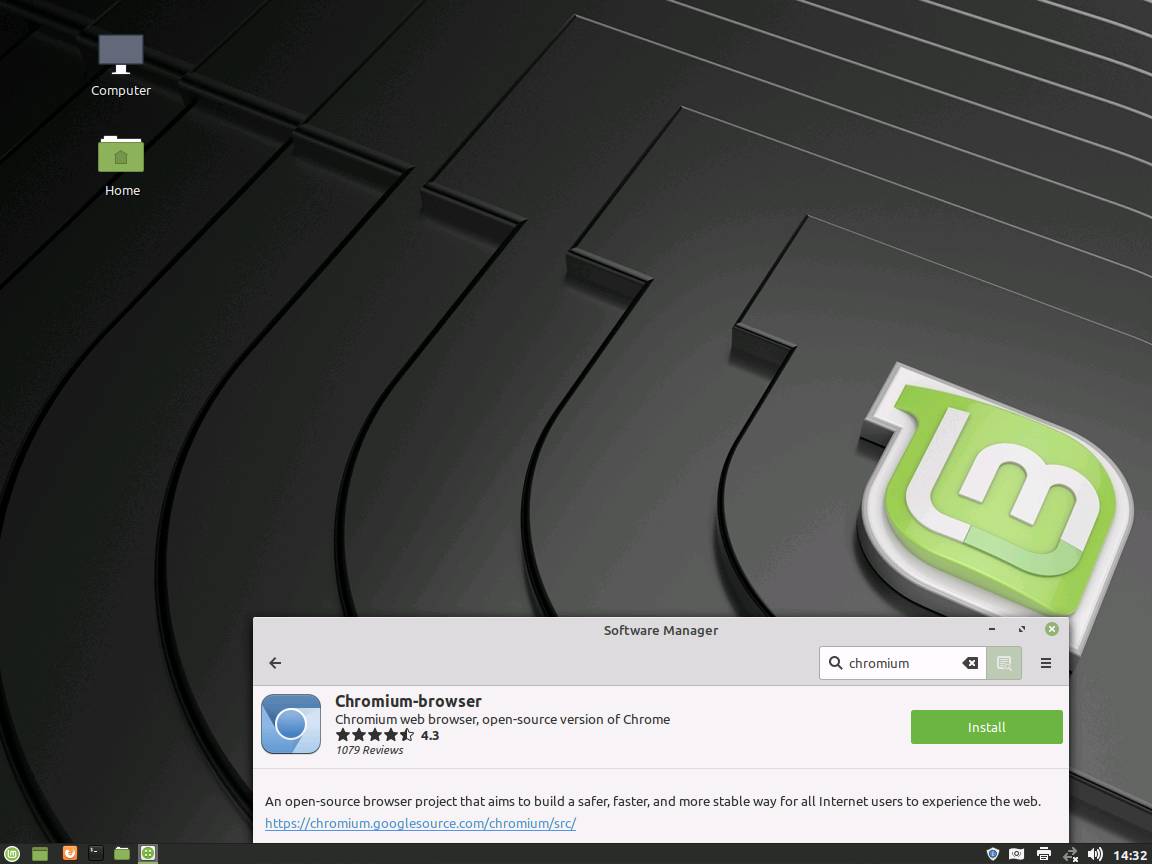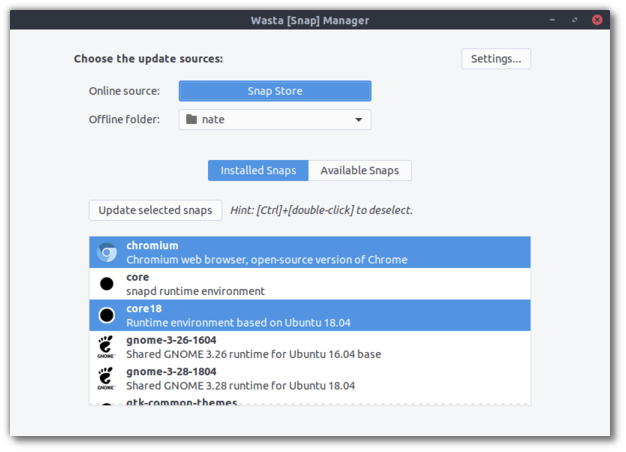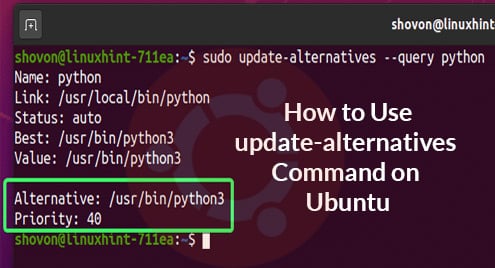

- #Snap package manager on ubuntu how to#
- #Snap package manager on ubuntu install#
- #Snap package manager on ubuntu update#
- #Snap package manager on ubuntu upgrade#
#Snap package manager on ubuntu install#
How to install Zimbra Mail server 8.8.8 on Cent OS 7 13147 6.Installing packages from source in Arch Linux 13276 6.How to configure a static IP on Linux 13728 6.11 Ways to free up disk space on cPanel servers 14670 5.How to Install a Desktop and VNC on Ubuntu 16.04 14852 13.


By default, this value is set to 3 on Ubuntu core while classic Ubuntu systems( e.g Ubuntu 18.04 LTS & Ubuntu 20.04 LTS ) set it to 2. This value can be anything between 2 and 20. The refresh.retain option sets the maximum number of a snap’s revision retained by the system after the proceeding refresh. To resume refreshing, execute: $ sudo snap set system tered=null To hold the refreshing of snaps, execute the command: $ sudo snap set system tered=hold The tered option pauses and re-enables the connection when the Network manager daemon detects a metered connection, for example, an LTE link. Thereafter, you can run the snap refresh –time command once more to confirm the set timer.

In the example below, the system is commanded to perform the snap refresh between 3:00 am and 6:00 am and between 2100hrs and 2345hrs. It helps you to modify how frequently snaps are refreshed. The option refresh.timer defines the schedule and the refresh frequency of installed snap packages. This is based on the following options: 1) refresh.timer The snap package manager extends some level of freedom to users and allows then to determine when and how snaps are updated. Manage snaps by controlling Package Updates To check the last time the package refreshing occurred and the next time it’s going to happen, run the command: $ snap refresh -time
#Snap package manager on ubuntu update#
To update all snaps simply run: $ sudo snap refresh If all snaps are up to date, you will get the output below indicating that all snaps are up to date.
#Snap package manager on ubuntu upgrade#
Nevertheless, you can manually upgrade a snap to its latest version by executing the command: $ sudo snap refresh An installed snap will usually check for updates close to four times in a day. By default, snaps are automatically updated. With a brief recap of basic snap commands, let now shift our focus on how to manage snap updates. To install a snap from the snap store, execute: $ sudo snap install įor example, to install VLC media player or simply vlc package, run the command. If a package is available, the following information will be printed on the terminal giving details about the name, version and Publisher of the package. If you want to check if a certain snap is available from the snap store, use the syntax: $ snap find įor example, to check if we can install VLC media player from the snap store, run the command: $ snap find vlc To list the snaps installed on your system, run the command: $ snap list Before we get to managing snap updates, let’s have a brief overview of some basic snap commands. In the introduction, we have seen what snaps are and their advantages over the traditional APT and deb package managers. In this article, you will learn how to manage snap updates. Snaps are usually preferred to the APT package manager since they eliminate dependency issues for the very reason that they come bundled with all the dependencies required for the application to run. A snap is a compressed file that ships with an application alongside its dependencies. The terminology ‘snap’ encompasses two things: Snap the package manager that is used to install packages and snap the installation file.


 0 kommentar(er)
0 kommentar(er)
